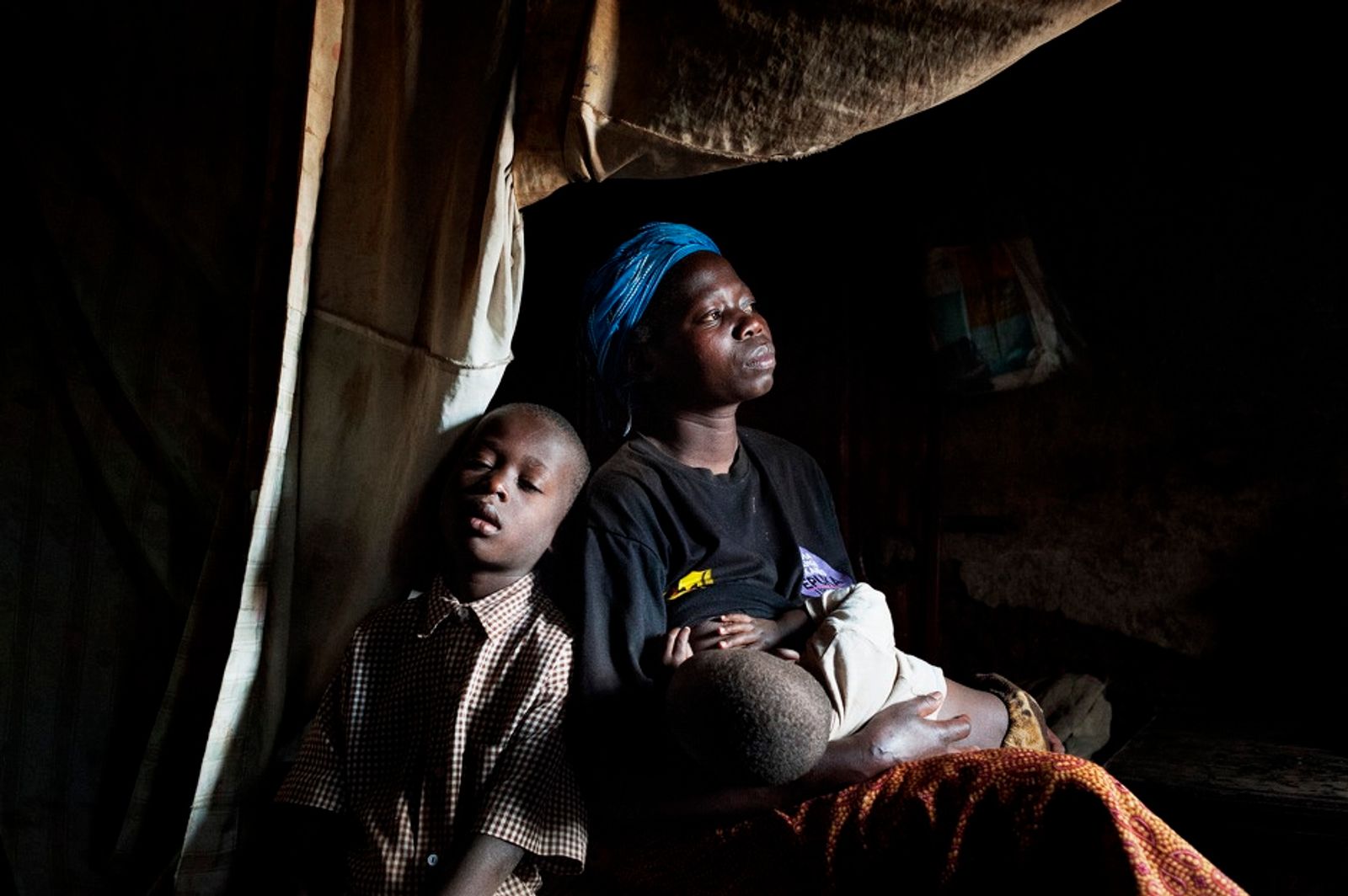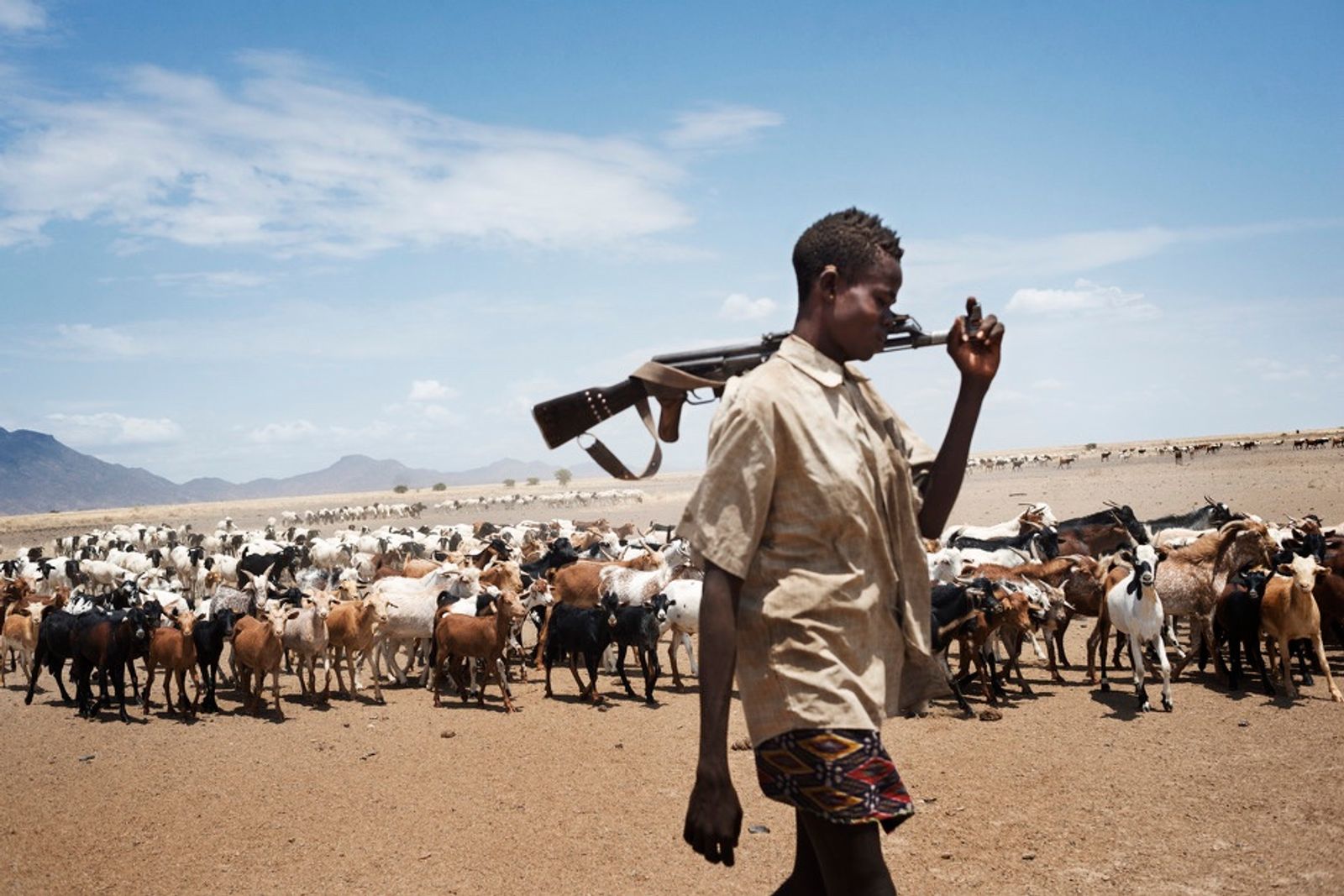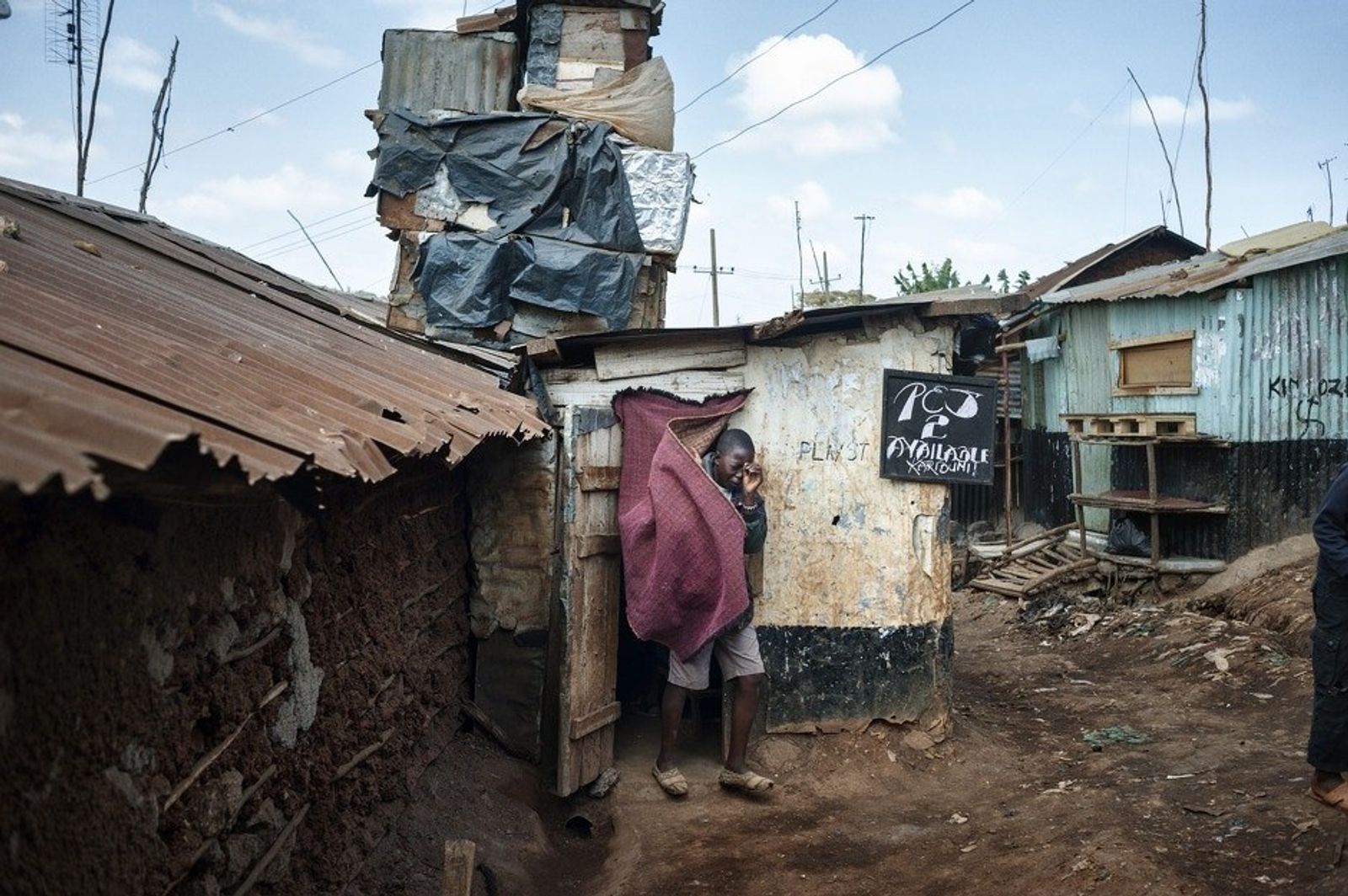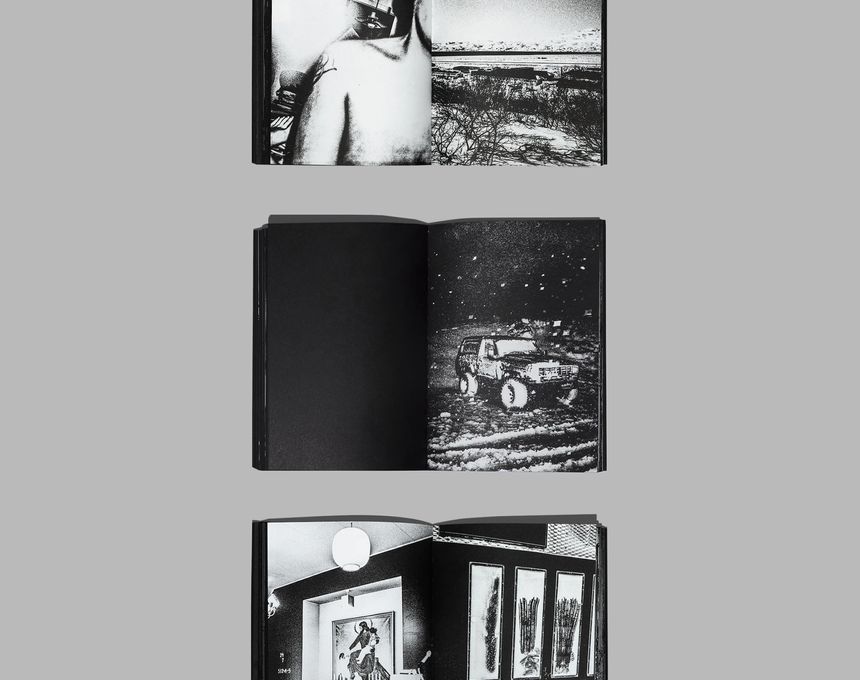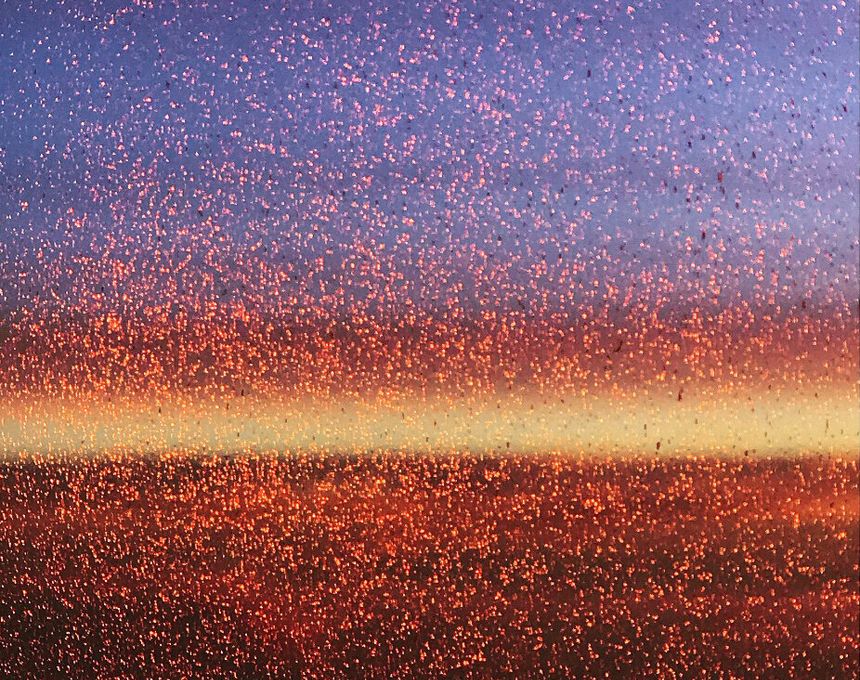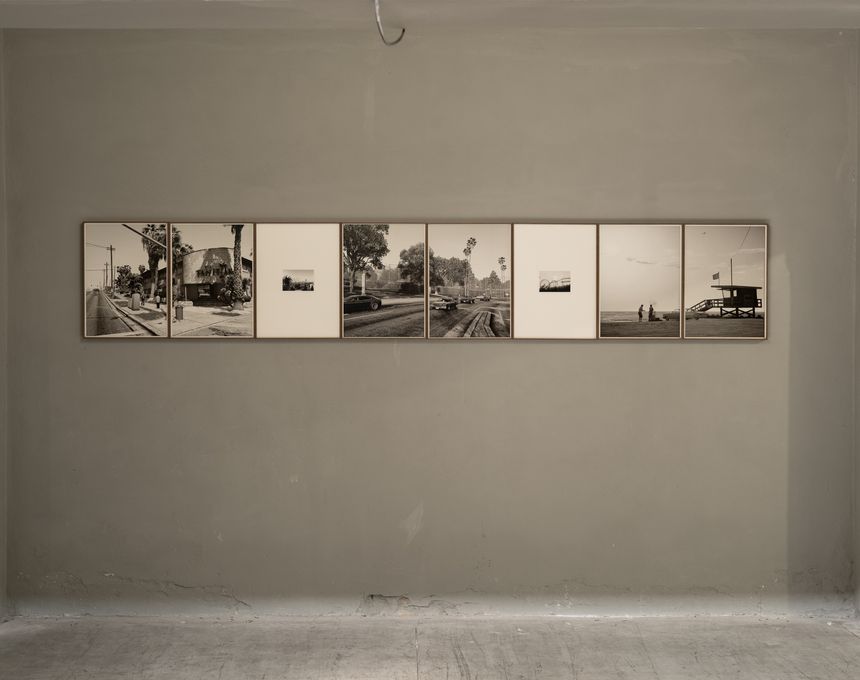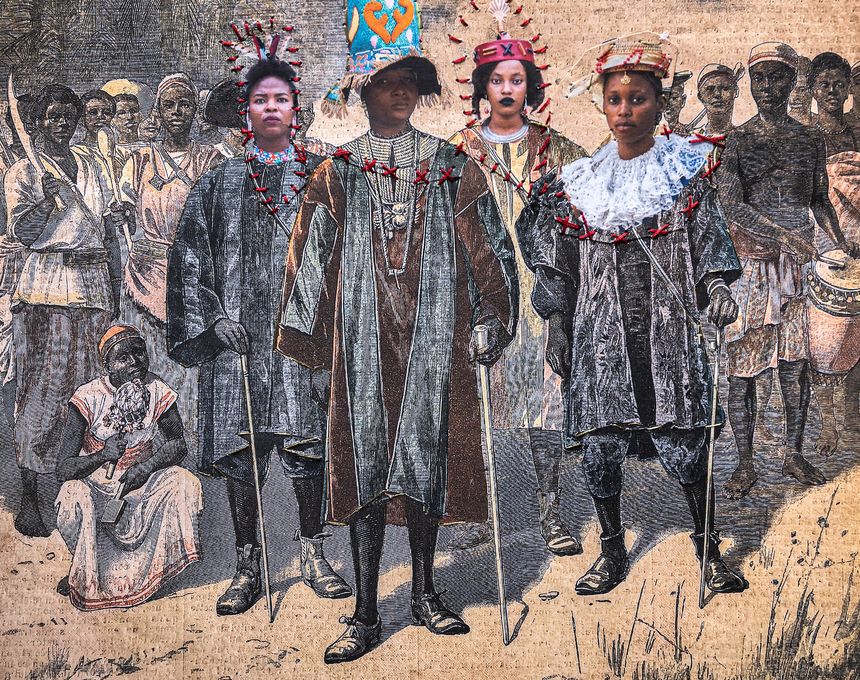Alessandro Grassani Chasing Climate Change
-
Published14 Mar 2016
-
Author
For the past few years, Alessandro Grassani has travelled across four continents to understand the haunting issue of our times and its dire consequences.
For the past few years, Alessandro Grassani has travelled across four continents to understand the haunting issue of our times and its dire consequences.
“Climate change is not only about global warming. It’s about the weather becoming more extreme”, photographer Alessandro Grassani explains. Climate change morphs the landscape into infertile and hostile grounds. It’s extreme cold in Mongolia - the harsh winters known as a “dzud” - floods in Bangladesh and Haiti, desertification in Kenya; all generate forced exodus, clashes over the few remaining survival commodities and an explosion of urban population in cities that are not ready for such a boom. For the past four years, Grassani has travelled across four continents to understand the haunting issue of our time and its dire consequences.
According to the International Organization for Migration (IOM), there will be 200 millions climate refugees by 2050. This is more than the number of political and war refugees, as vertiginous as it ever amounted to, but no international agenda acknowledges their plight. “They are ghosts for the international law so they have no rights. Nobody helps you if you are an environmental migrant. From what I have seen, the life of these people today is terribly lonely”, Grassani deplores.
“They have no money to build a new life, while their governments are very poor and can’t invest in those areas. If climate change makes their habitat inhospitable, they have no choice than to migrate, but it’s sometimes for the worse. In their minds, the city is a synonym for work, a better standard of life and other opportunities, but they end up living in extreme poverty in slums”, he continues.
Massive migration to cities comes with scores of dreadful after-effects. Improvised neighbourhoods often have no running water, no draining system, and no health facilities. “Kibera, on the outskirts of Nairobi, in Kenya, is a slum of about one million inhabitants. They have no water and no money to go to the hospital. Children were dying of hunger”, Grassani describes.
Victims of a phenomenon that they don’t fully grasp ahead of exile, climate refugees first hope to be back in their homeland. “Most of them don’t realise immediately why they have been forced to move. In Mongolia for instance, there is no TV, no electricity, so they only understand the situation when they arrive in the city and talk to people. In Bangladesh and Kenya as well, most people see that something is changing but they don’t realise that this might be forever.” Building on these two lines, Grassani documented the fate of people resisting and fighting against cold, droughts and other floods as well as those sinking into something as dangerous. That is, oblivion.
--------------
Alessandro Grassani is a documentary photographer exploring the consequences of climate change and war. To see more of Grassani's work, visit his PHmuseum profile.
Laurence Cornet is a writer and curator based in Brooklyn focusing on cultural and environmental issues.
